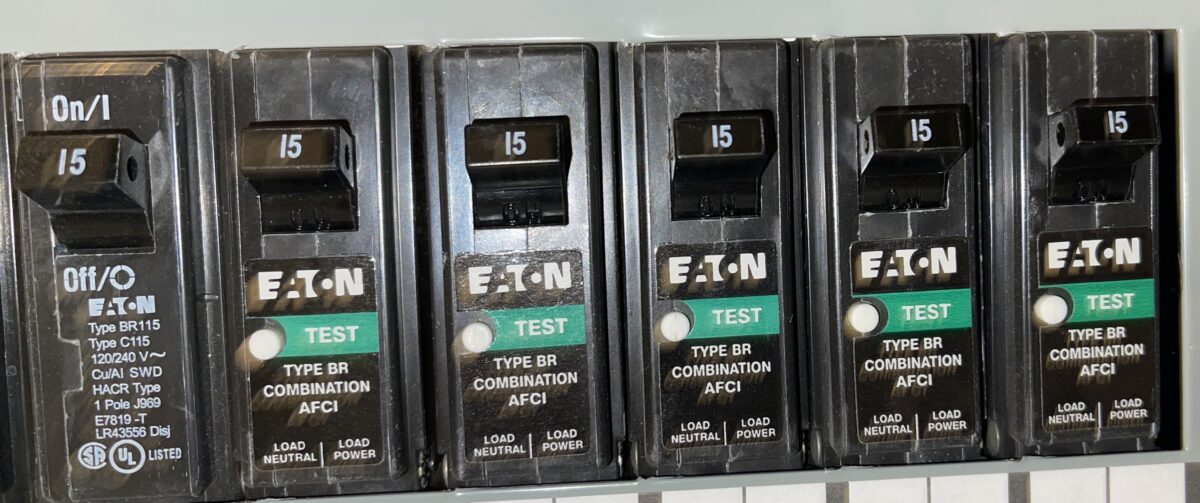I was thinking. I’ve been in the Church quite a lot over my lifetime. I know a little. And one thing I know… is that most pastors will tell you that going to church does not make you a Christian.
As a matter of fact, one of my favorite Christian artists… Keith Green, was famous for saying… going to church no more makes you a Christian than going to McDonalds makes you a cheeseburger.
And of course, everyone knows that a good Christian should give to the needy. But that doesn’t make you a Christian.
As Christians I think we are constantly told this whole list of things that do not make you a Christian. Reading the Bible is good. Praying, also good. There are many good things that Christians should do. None of which makes one a Christian. That begs the question… if those things don’t, what does?
Well, most churches will tell you that you can’t earn it. It’s a gift. And this is clear. And most churches will also tell you that it really just comes down to believing a fairly specific and agreed upon set of things and affirming that belief. The better churches will also say that repentance is a key component. But not all.
Ok. Then what about all these things that don’t make you a Christian? The way it seems, is that they are all pretty much optional. Sure it’s a good idea to do them. But you cannot earn your salvation, so doing these things clearly cannot save you.
But there is something else that I know in my heart. A person cannot simply affirm a set of facts and then go about their life and expect anything to come of it. I am convinced that being a Christian is not the result of a one-time event or decision. Sure, that’s where it starts. But if that’s where it ends, then it truly does end. I think it can also be discarded at a later time. But that gets into the weeds. Let me just say that I would surely not wish to bet on the outcome of making that particular choice.
I have often thought that living as a Christian isn’t so much about where you are at morally or spiritually, as it is which direction you are moving. I think being a Christian is about moving toward God. Getting closer. Putting behind us things that are not from Him. This of course takes effort. Effort and sacrifice.
Sacrifice? What is that you say? Yep. While salvation is a free gift from God. It will literally cost you everything. Because that’s what it’s about. Only when we give up all the ungodly things we continually clutch to, all the things we think we want, can these temporary things be replaced with eternal things that are so much better. Of course this is a fantastic opportunity for us. But letting loose of things that we are comfortable with in favor of what is essentially unknown to us just seems so counterintuitive.
You have to give to get? That is a truth found throughout the Bible. Jesus is even quoted as saying this very thing twice in the book of Matthew.
“He that findeth his life shall lose it: and he that loseth his life for my sake shall find it.”
The only way you can really have life is to give it up. That’s a hard pill to swallow. Hey, I thought it was free?
Here’s what I think. God did all the work. He came and died a horrible death at the hands of His own creation. Just so that we could have this path to life. He did the hard stuff.
When you hear people say… that all you need to do is “accept” this free gift. I don’t think God ever intended it as a singular event. As a matter of fact I’m sure He didn’t. I think that the act of accepting it is truly a lifelong process. And this ongoing process of accepting it results in us giving up our lives in exchange for what He is truly offering us.
I recently had pretty much this whole discussion with a friend. And when asked what I thought was the answer, here’s what I said. I think that the answer to all these questions and living in a way that truly does “make one a Christian” is the by-product and natural inevitable result of an ongoing relationship with Jesus.
Ok, and what on earth does that mean? I ran across a verse that drove this home a few days ago. I realize the truth I gleaned from this was not the full meaning of what was being said. But it was a pretty good nugget. It was a promise. And it starts like this:
“If ye abide in me, and my words abide in you…”. You know, I think that kinda sums it up. There are a bunch of cools things in the Bible that we get where those are the actual requirements. And what does that mean? I figure it means that we regularly spend time talking to God. And we regularly spend time in the Bible. That covers both abiding in Him, and His words abiding in us. And that’s what actually constitutes the “relationship”.
Honestly… I’ve heard pieces of this my entire life as well. And I’ve practiced it to varying degrees. But I just happened to put it together in my head for the first time in quite awhile. Figured I would share. While I started out talking about the things that don’t make you a Christian (and might seem optional)… the relationship with Jesus is the one thing that is not optional. Particularly since all the rest of the things are a result of that. And it would follow that doing the things that actually cultivate and foster that relationship are way more than just a good idea.

